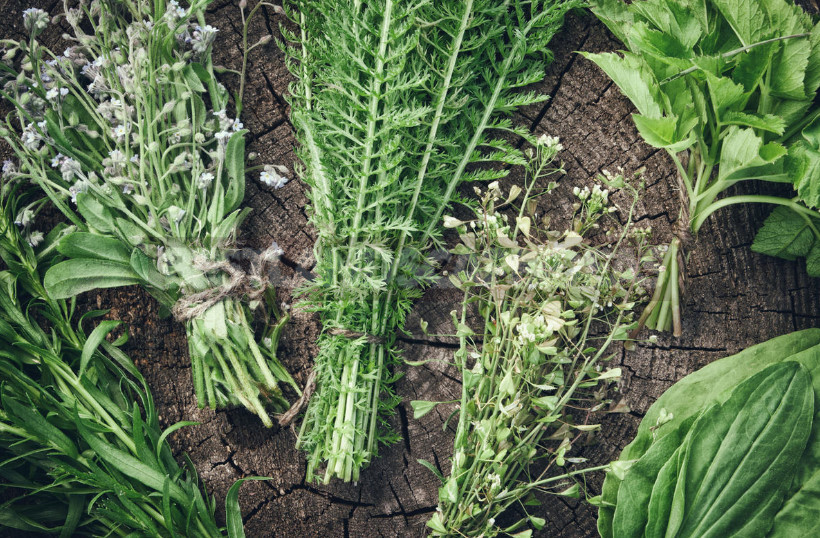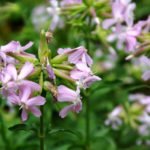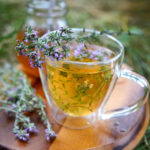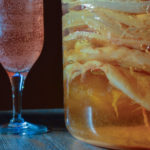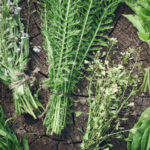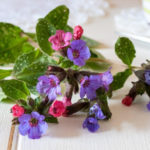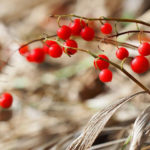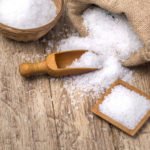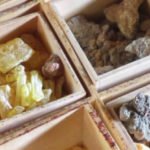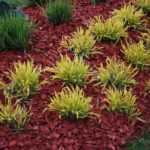In one of the previous articles we talked about what medicinal plants are harvested in may. Some of them can be collected now, in June. This time we will focus on herbs, the time of collection which falls on June (of course, given the fact that in different areas — depending on climatic conditions — the timing may vary).
The list of such plants is very large, and to tell about all is unlikely to succeed — let’s focus on the most common and popular.
Ocimum basilicum
Many gardeners grow on their gardens Ocimum basilicum, which is widely used in cooking. Another species — Ocimum menthifolium — is less common, it is cultivated mainly in the southern regions. Both types have medicinal properties.
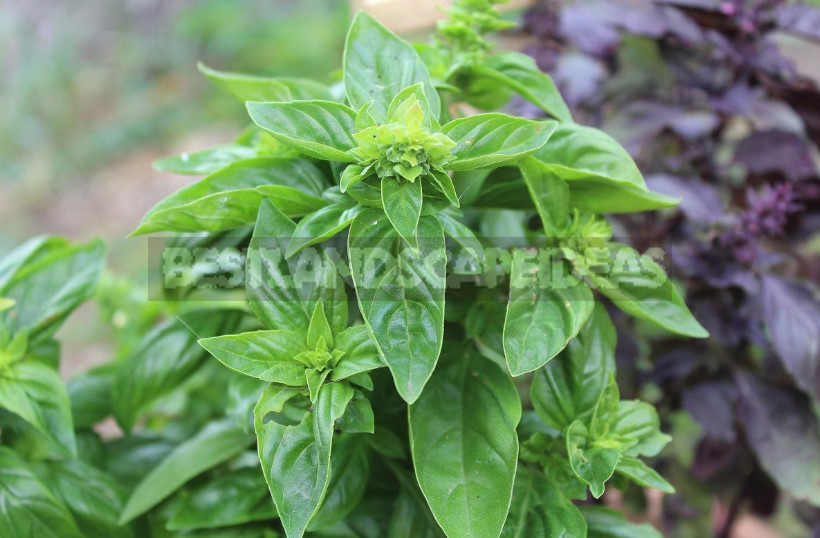
Basil preparations have antiseptic, antispasmodic, anti-inflammatory, analgesic, carminative, expectorant, antioxidant effect; they improve the digestive tract, activate the cardiovascular system. This plant is also used in home cosmetics — for the care of problem skin, acne.
Contraindications to the use of Basil: pregnancy (preparations of this plant relax the smooth muscles of the uterus), epilepsy (contained in the essential oil of Basil camphor excites the Central nervous system). Possible individual intolerance.
As a medicinal raw material harvested Basil grass, cut just before flowering. Dry in a well-ventilated area. Shelf life — 1 year.
Vinca minor
In suburban areas, Vinca minor is traditionally grown as an ornamental plant, which due to its poorly controlled growth often turns into a weed. Its healing properties are not so widely known, although as a medicinal plant periwinkle has been used since the time of Hippocrates.
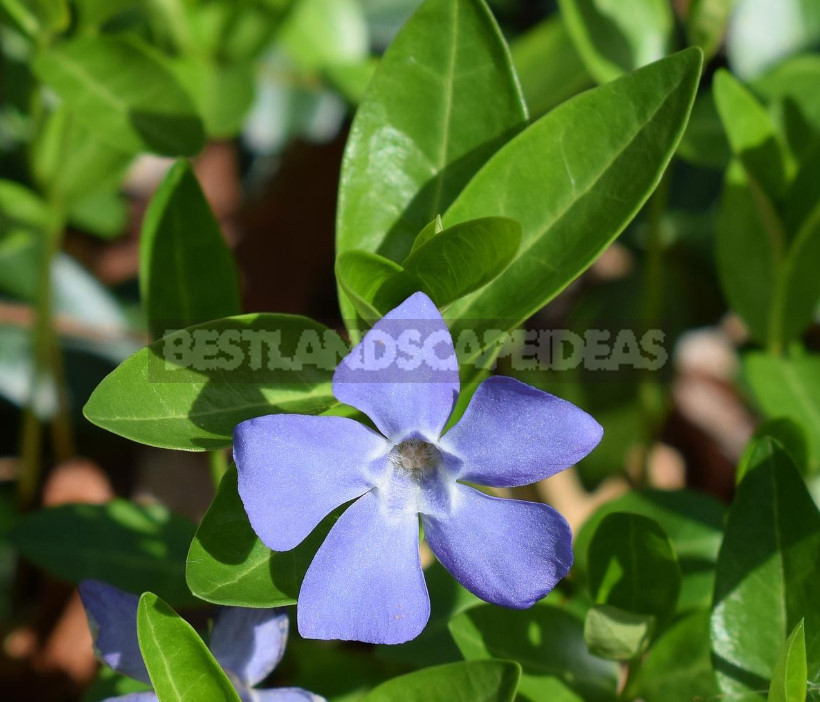
Preparations periwinkle have sedative, hemostatic, astringent effect; they help to reduce blood pressure, improve cerebral circulation, strengthen capillaries, stabilize the heart rate. Externally periwinkle is used for rinsing and lotions in the treatment of skin diseases, toothache; fresh crushed grass is applied to the wounds to stop bleeding.
Useful properties of periwinkle used by the pharmaceutical industry, used to improve cerebral circulation, vasodilation.
Important! All parts of the plant are poisonous, so the use of drugs inside periwinkle at home without medical supervision is not recommended.
As a medicinal raw material, the grass is harvested in spring and early summer during flowering. Dried at a temperature of +40…+50 degrees in the dryer or in the air — in the shade under the canopy. Shelf life — 2 years.
Centaurea cyanus (flowers)
A cute weed, Centaurea cyanus can be seen in grain fields as well as in meadows, along roads and paths. Gardeners grow Centaurea cyanus as an ornamental plant.
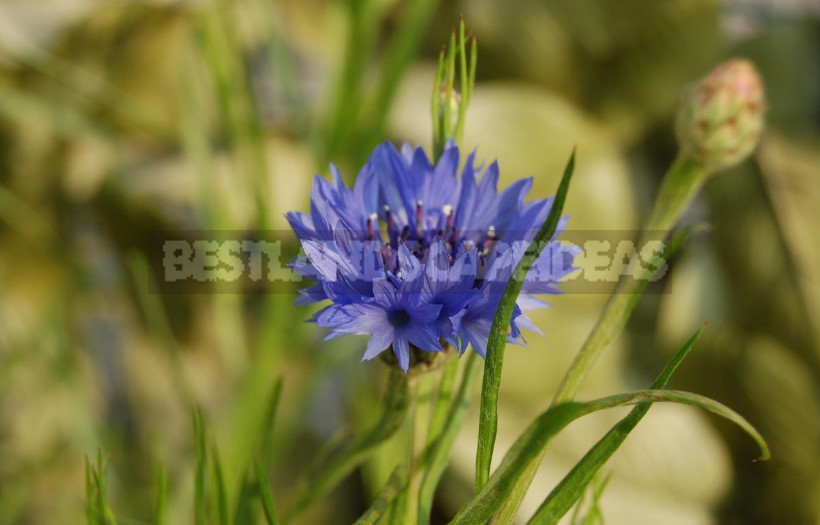
Centaurea cyanus preparations have a mild diuretic, diaphoretic, disinfectant, anti-inflammatory, mild choleretic effect. Folk medicine recommends a decoction of cornflower (externally) in blepharitis, conjunctivitis, increased fatigue of the eyes, as well as in the treatment of skin diseases, trophic ulcers, boils. Contraindication to ingestion of drugs cornflower is pregnancy.
As a medicinal raw material harvested edge blue flowers collected immediately after the bloom inflorescence. Dried at a temperature of +40…+50 degrees in dryers or in a well-ventilated area. Shelf life — 2 years.
Veronica officinalis
Folk medicine uses for medicinal purposes not only Veronica officinalis, similar properties have V. chamaedrys, V. longifolia, V. teucrium.
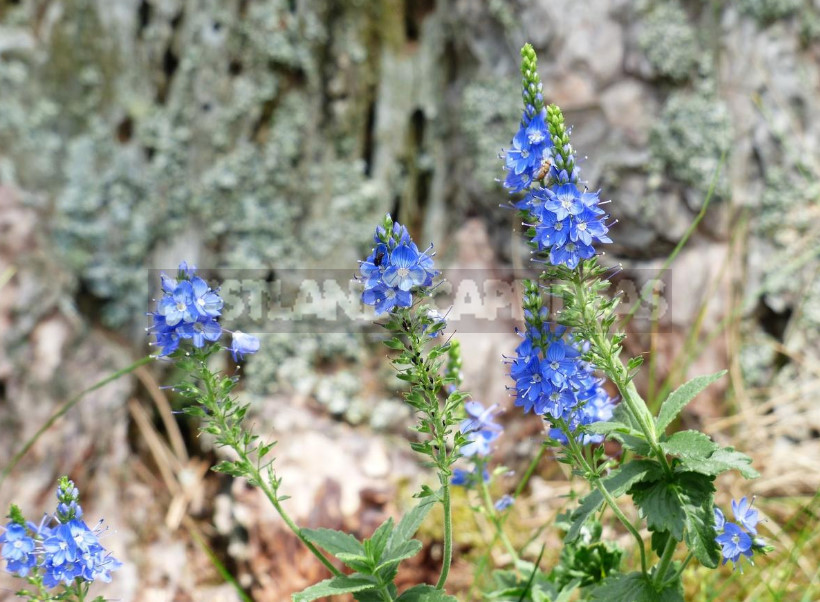
Veronica officinalis drugs have analgesic, anti-inflammatory, wound healing, hemostatic, anticonvulsant, expectorant effect. Water infusions of this plant are used in the treatment of all types of skin diseases, including children (in the form of baths, lotions, washings; adults — also for oral administration). Juice and tincture of grass treat fungal diseases; napary and decoctions are used for colds, bronchitis, asthma, kidney and liver diseases, insomnia, rheumatism.
Medicinal raw material is the aerial part of the plant, which is harvested during flowering. In order not to damage the root system, the grass should be cut with scissors. Dry under a canopy in the shade or in a well-ventilated area. Shelf life — 1 year.
Convolvulus arvensis
The plant, which is popularly affectionately called “birch”, gardeners consider the worst enemy: it is a hard-rooted weed that grows almost everywhere. And Convolvulus arvensis from the time of Avicenna considered a medicinal plant.
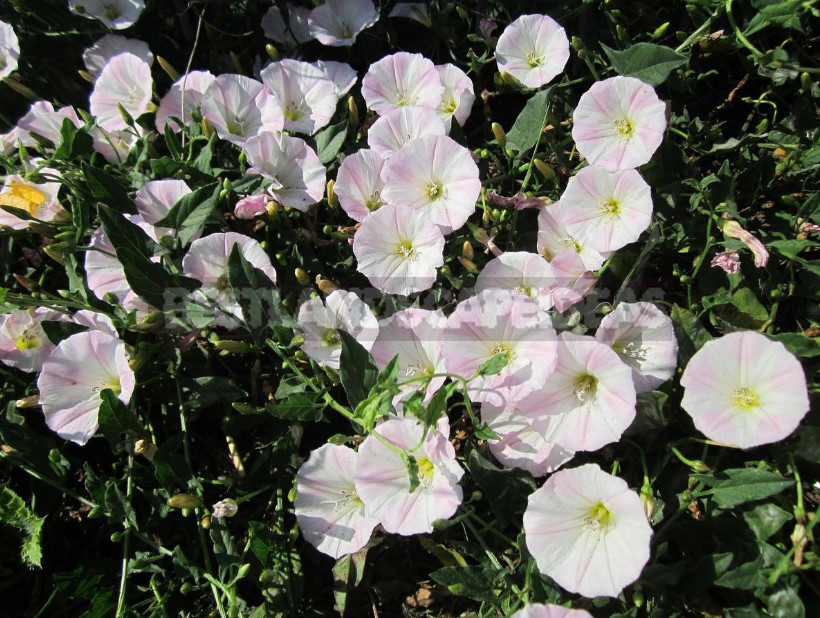
Concoctions and infusions Convolvulus arvensis are used as a laxative, diuretic, analgesic. Fresh cut grass and the juice of the plant have a hemostatic and wound-healing effect; the juice is also used for dermatitis (topically). Infusion of grass treat skin diseases (externally — in the form of lotions, washings).
Important! All parts of the plant are poisonous, with internal use requires caution and strict adherence to the recommended dosage. Convolvulus arvensis is contraindicated in pregnancy and lactation.
The medicinal raw material used above-ground part of the plant (stem with leaves and flowers), rarely — roots and seeds. The bindweed is not dried — used only freshly collected; for storage and use in winter, prepare a tincture of alcohol (70%). The roots are harvested in early spring, grass — during flowering, seeds — after maturation.
Geranium pratense
Geranium pratense flowers can be found in glades, meadows, forest edges, along the roads in June-July (sometimes until September). This plant should be distinguished from G. palustre and G. silvaticum, which are also used for medicinal purposes, but have slightly different properties.
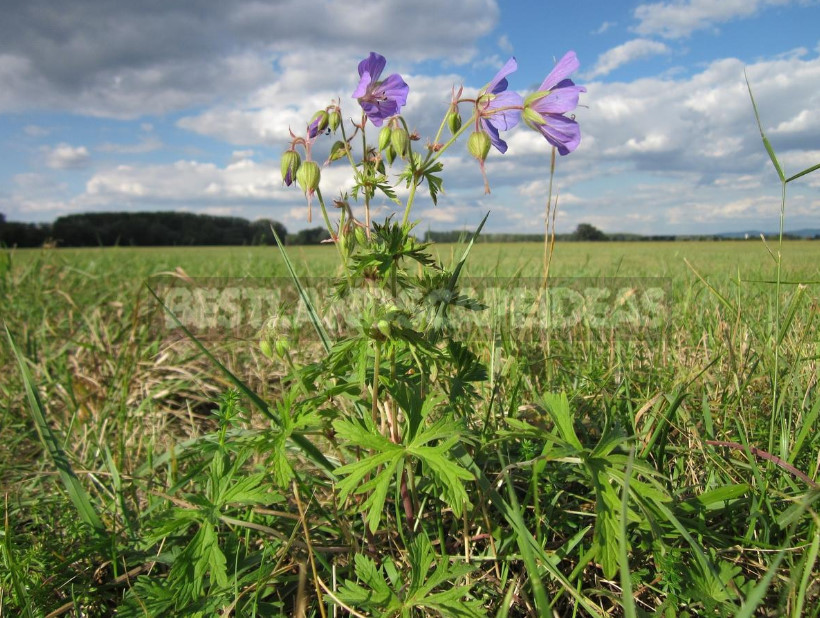
Preparations of geranium meadow have anti-inflammatory, antiseptic, analgesic, wound healing, astringent, soothing effect. It should be borne in mind: depending on the concentration and dose of the drug, when administered, it can have both an exciting and depressing effect on the Central nervous system.
Infusions and decoctions of geranium pratense herb are used for digestive disorders, poisoning, diarrhea, pulmonary and uterine bleeding, epilepsy; this plant is included in the herbal fees recommended for pathological climax. Externally decoctions and infusions (in the form of lotions, rinsing, washing) treat angina, purulent wounds, boils, ulcers, eczema; used for toothache and hair loss. Alcohol and oil extraction is also used.
In internal use, caution is recommended for those who suffer from thrombophlebitis and has a bleeding disorder. Possible individual intolerance.
Medicinal raw material is the herb Geranium pratense and its roots. The roots are harvested in early spring or autumn, the grass — during flowering. Dried at a temperature of +40…+45 degrees in the dryers or outdoors in the shade (under the canopy). Shelf life — 1 year.
Hupericum perfolatum
Perhaps we can safely call Hupericum perfolatum one of the most famous and popular medicinal plants. Its useful properties and applications are very diverse and extensive.
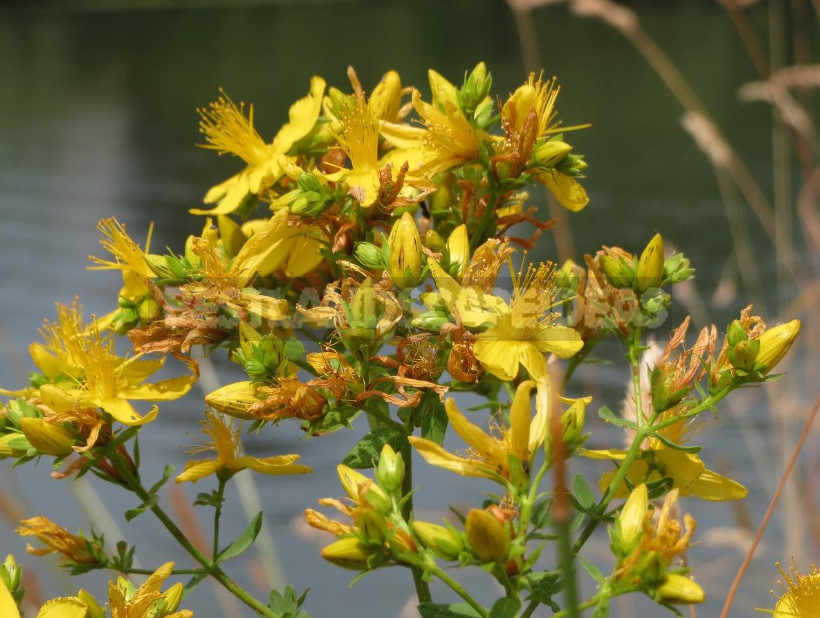
From herb St. John’s wort prepare infusions, decoctions, alcohol tinctures, oil extracts for both internal and external use. It should be borne in mind: the medicinal properties of the plant are manifested in different ways in different dosage forms.
As a raw material harvested herb Hupericum perfolatum during flowering. The tops (up to 20-25 cm) with flowers and leaves are cut with scissors or pruning shears and dried in well-ventilated areas or in the shade under a canopy, then threshed, removing coarse stems. Shelf life — 2 years.
Fragaria vesca
In June, it’s time to harvest not only leaves, but also berries Fragaria vesca — tasty, fragrant “medicine”.
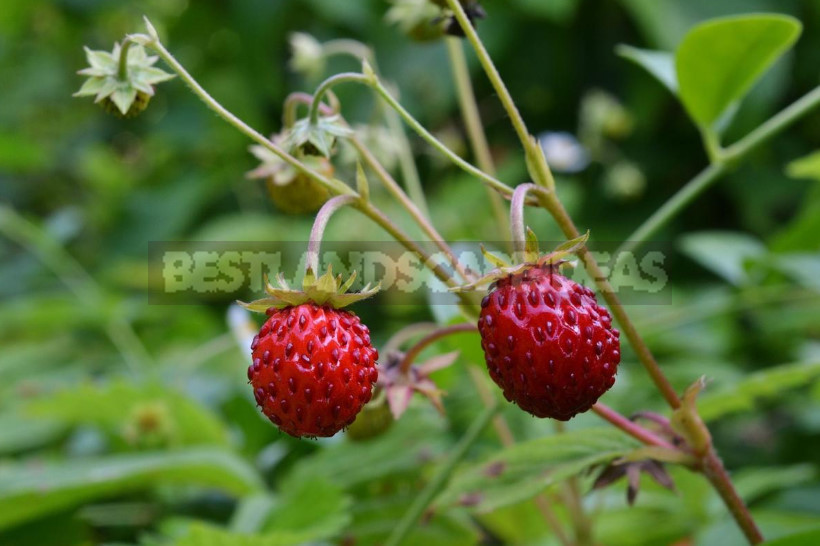
Berries have diuretic, diaphoretic, choleretic, soothing, anti-inflammatory effect; promote the excretion of salts, improve appetite and stimulate digestion. They are used for beriberi, anemia, gout, atherosclerosis, kidney disease, colitis, gastritis, neuroses, insomnia; externally — with inflammatory processes in the oral cavity, some skin diseases, as well as in home cosmetics — against aging of the skin, acne and pimples.
From the leaves and berries of strawberries prepare decoctions, infusions, tinctures; fresh berries are added to cosmetic masks; dried raw materials are included in the herbal fees and teas. Useful properties also have rubbed with sugar or frozen berries.
Harvesting of leaves are during flowering, the collected raw materials are dried in the shade under a canopy, stored for 1 year. The berries are harvested after maturation; first they keep in the dryer at a temperature of 35 degrees, and then dried at 60…+65 degrees. Shelf life — 2 years.
Chamaenerium angustifolium
Chamaenerium angustifolium, the leaves — the raw material for the famous tea, but it beneficial properties of plants are not exhausted.
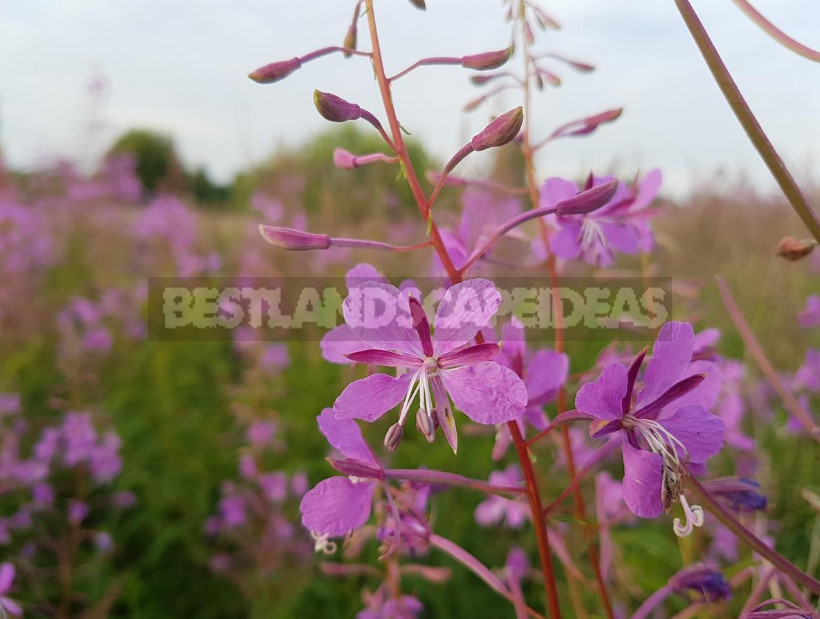
Traditional medicine uses Chamaenerium angustifolium as a strong anti-inflammatory, soothing, astringent, enveloping agent. There is also information about the antitumor properties of the plant.
Infusions and decoctions of Chamaenerium angustifolium are used in diseases of the gastrointestinal tract, nervous disorders, atherosclerosis, acute and chronic prostate diseases, inflammation of the bladder. Externally, infusions and decoctions are used for rinsing with inflammation of the mucous membrane of the mouth and throat, baths with eczema, various skin rashes and diaper rash (including in children). Fresh crushed leaves and powder from dried leaves are used as a wound healing agent; steamed leaves — in the form of compresses and poultices for joint pain, neuralgia, bruises.
Medicinal raw materials — leaves and tops of stems with flowers, harvested during flowering. Dry it in the shade under a canopy or in a well-ventilated area. Shelf life — 2 years.
